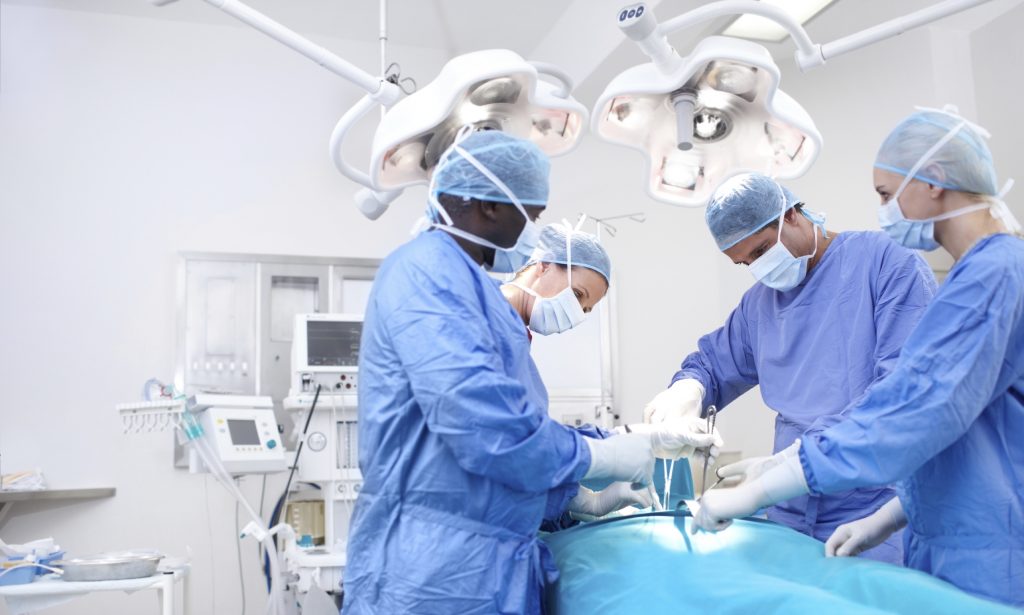
An Acute Surgical Facility is a process NOT a location.
However, there are certain underpinning principles which are required and are constant. These ensure the
effectiveness of the concept in delivering the required
outcomes.
With good design and planning, careful attention to team design and environmental planning, an acute surgical assessment facility will simultaneously improve patient safety and experience, shorten length of stay (indeed many if not most patients can safely be managed on an ambulatory or ‘virtual inpatient’ basis). When correctly designed these key outcome measures will also result in improved engagement of staff at all levels, a positive learning environment and improvements in team dynamics – particularly in flattening hierarchies with development of autonomous and distributive leadership and followership behaviours. In effect, the process creates a virtuous cycle of safety quality and a positive environment for all.
Service detail will vary according to local considerations, including demand and the wider service context. It is important that in introducing the Surgical Assessment concept and executing delivery, not to be constrained by conventional capacity-based considerations. It is accepted that some of the best examples have arisen out of the failure of traditional models of an emergency admission-oriented service to deliver the requirements of a modern service where only radical and transformational change approaches have worked.


It is recognized that each facility will be unique to the wishes, location and service needs of clients. While maintaining the key concepts outlined at the beginning of this document, it is essential to engage key leaders and allied services at an early stage. This is of particular importance with regard to diagnostic and clinical support services, who may require to change their own service delivery model. Part of this process is the identification of enthusiasts, who will champion the process and provide corporate memory, to ensure a stable and consistent service within a variable workforce and one which becomes self-sustaining. This consistency of service approach must be maintained over time and is largely engendered through a sense of shared ownership and pride among the core team. An open learning culture and a willingness to reflect on significant events both positive and negative is essential and will be designed in.
The physical location of a Surgical Assessment Unit will again vary with local hospital geography and service needs but is best suited to proximity to other acute ‘front door’ locations and key diagnostics.
Facilities need to be comfortable with good quality seating areas, allow privacy for consultation and
examination when required, with an appropriate number of trolleys and ideally the ability to resuscitate and stabilise critically ill patients. The focus must always be on a dynamic, ambulatory (whenever possible) and active decision/management process.
Details of location and sizing of an individual facility and specialties involved will be informed by service needs within the local context. The beauty of the
concept is flexibility which can be applied as both a generic – largely focused on acute general surgical specialties, including vascular surgery, replacing the traditional “emergency surgical admission” process but is also well suited to aligned services such as urology and breast surgery. With minimal design changes, the concept can be readily applied to orthopedic, plastic and maxillofacial services.
While TTC will conduct and advise, based on specific and unique local service needs, and using the
experience of our SME’s in delivering Surgical Assessment Facilities in a number of varied contexts, we never forget that the underlying strategic aim is to leave a fully self-sustaining facility which will evolve and improve over time following the withdrawal of the mentorship team.
